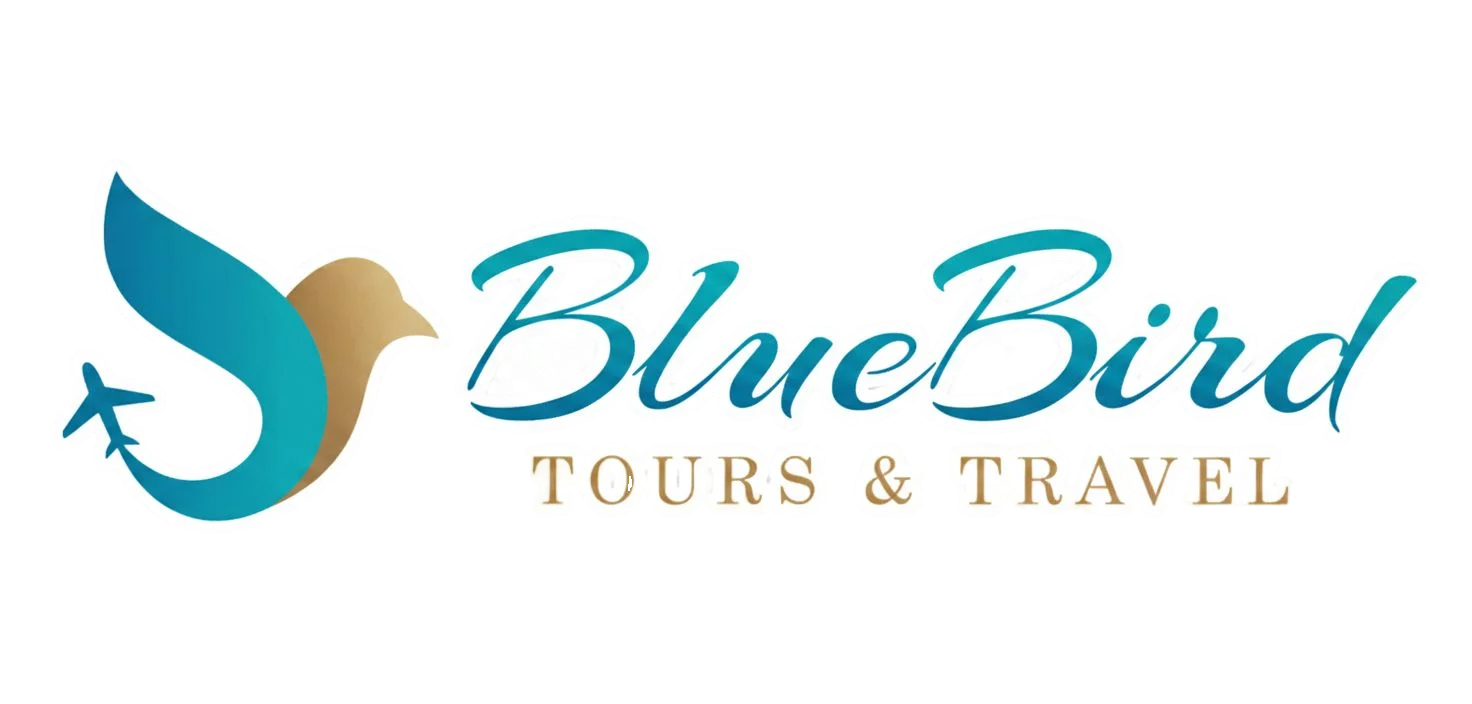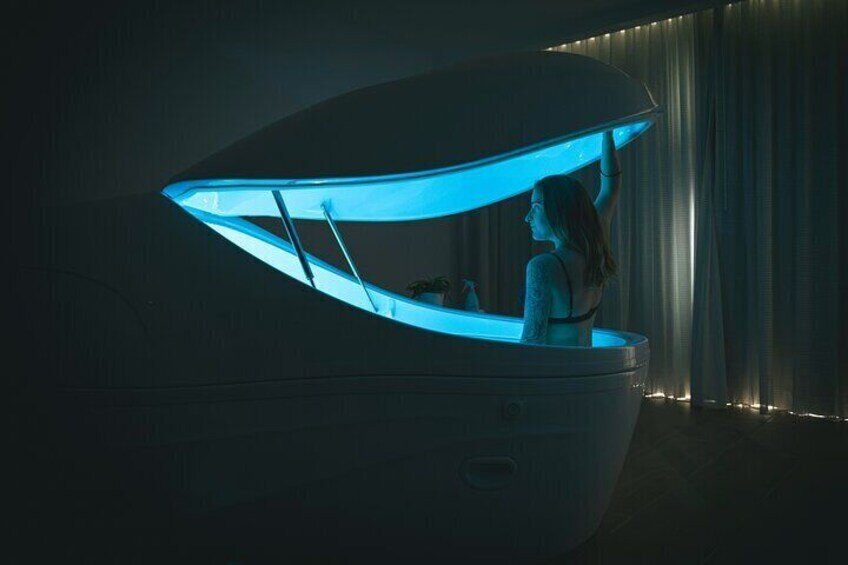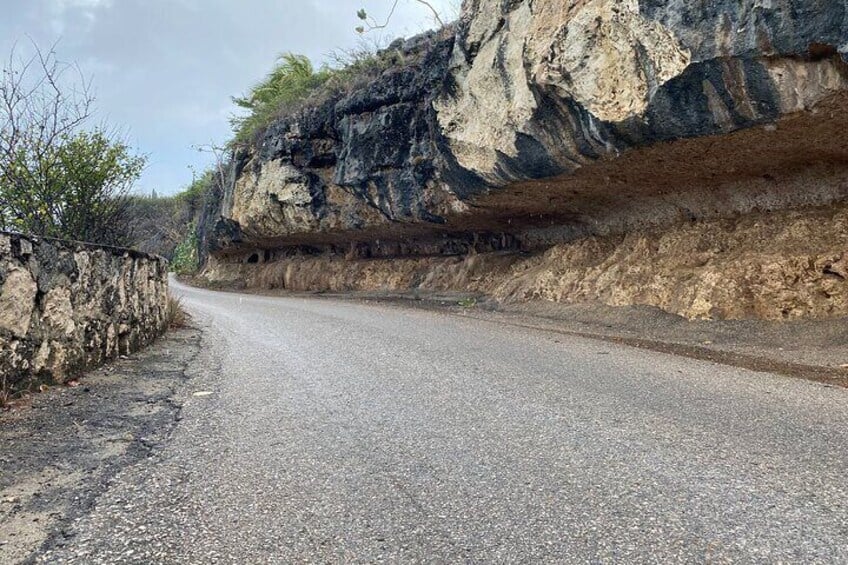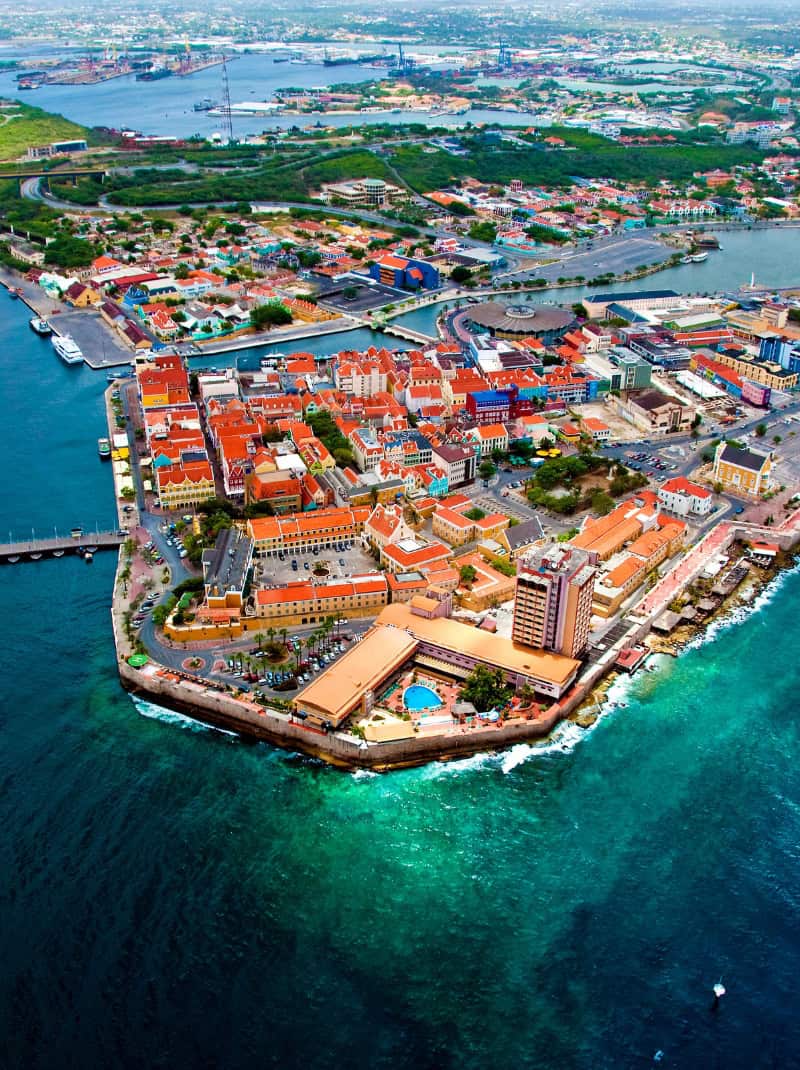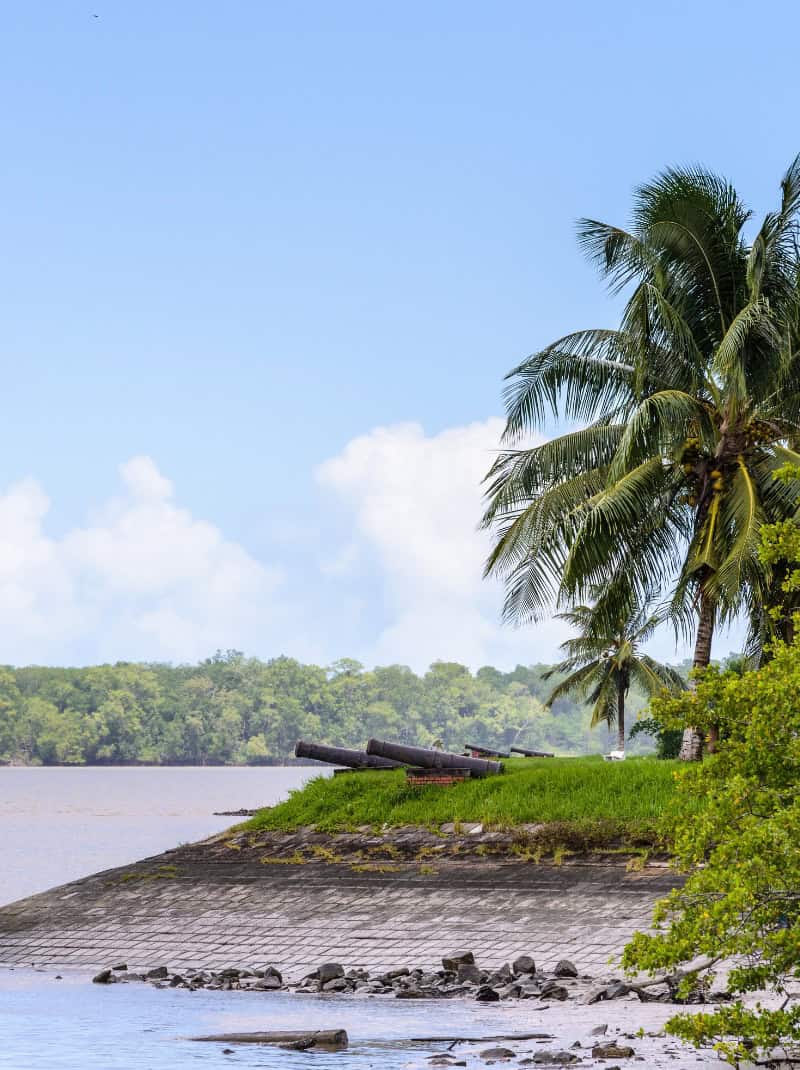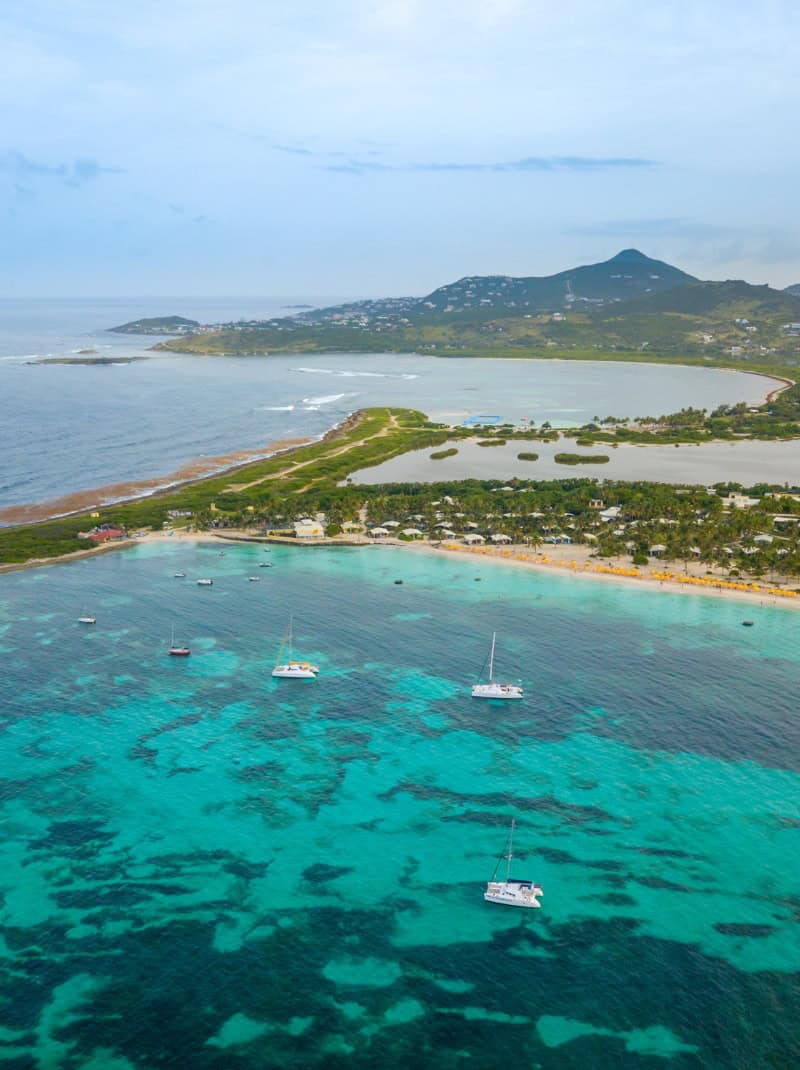Rainy season Bonaire: what you need to know
Rainy season Bonaire: what you need to know
Do you want to know if traveling to Bonaire during the rainy season is a good idea?
Why the rainy season can be attractive
Bonaire has a tropical savannah climate with relatively little precipitation spread over the year. The rainy season runs from October to January, but don’t let the name fool you. Unlike other Caribbean islands, Bonaire is located outside the hurricane belt, so tropical storms rarely occur. The showers are usually short and powerful, followed by plenty of hours of sunshine and perfect snorkeling conditions.
The best time to travel depends on what you are looking for. During the Dutch winter months , Bonaire offers a pleasant escape from the cold, with high temperatures between 27 and 30 degrees. Due to its sheltered location in the Caribbean Sea, far from the Atlantic Ocean, you will experience stable weather even in the rainy season. This makes it ideal to explore the rich flora and fauna of Washington Slagbaai national park, or enjoy tranquility in accommodations such as Holiday Villa Caribbean Dream Bonaire.
Don’t forget to bring your coral-friendly sunscreen , as UV radiation remains strong even on cloudy days. At Blue Bird Tours & Travel we help you discover why the rainy season on Bonaire might be your favorite travel time.
What to expect during the rainy season on Bonaire
The tropical climate and weather patterns
Bonaire’s tropical climate ensures a pleasant temperature all year round, with the high temperatures remaining pleasant even during the rainy season. The showers usually come at night or in the early morning, allowing you to fully enjoy your activities during the day. Due to the island’s protected location, tropical depressions are rare, and the weather generally remains stable and predictable. This makes Bonaire a reliable destination, even when other Caribbean islands suffer from unpredictable weather.
The best nature experiences in the rainy season
The rainy season offers unique opportunities to see Bonaire’s flora and fauna at their best. The scarce rainfall brings the landscape to life, especially in areas such as Washington Slagbaai national park, where you can spot flamingos and other birds in greater numbers. Nature blossoms after the showers, and the colors become more intense. Hiking trails are easily accessible, and temperatures are slightly cooler than in the dry months, which makes longer walks more enjoyable. At Blue Bird Tours & Travel, we can help you plan nature tours that perfectly match the weather conditions.
Underwater world and diving conditions
The snorkeling conditions during the rainy season are excellent, with clear water and good visibility. The coral and underwater world benefit from the natural cycle, and you may even spot more marine life. Don’t forget to use your coral-friendly sunscreen to protect the fragile reefs. The Caribbean Sea surrounding Bonaire remains calm and inviting, perfect for beginners and experienced divers alike. Due to the lower crowds during this period, you often have entire dive spots to yourself.
Accommodation and accommodation
During the rainy season, accommodations such as Vakantievilla Caribbean Dream Bonaire are often available at more attractive rates. You will find more choice and space to put together your tailor-made stay. Most accommodations offer covered terraces and comfortable indoor spaces for the rare moments when it rains. Blue Bird Tours & Travel can help you find the perfect place to fit your travel plans, whether you’re looking for a waterfront villa or a cozy apartment downtown.
Practical tips for your trip
Plan your activities flexibly, so that you can respond to short showers. The Dutch winter months are ideal for escaping the European cold, while on Bonaire you enjoy warmth and comfort. Bring light rain gear, but don’t expect to need it often. Due to the sheltered location of the island, the wind generally remains mild, which means that even during a shower, you will not be bothered by too many strong winds. Book your tours and accommodations through platforms like Blue Bird to take advantage of local knowledge and the best combinations of activities.
Why choose the rainy season
The rainy season not only offers better prices but also a more authentic experience with fewer tourist crowds. You’ll get closer to the local culture and have more space to explore the island at your own pace. The atmosphere is relaxed, and local restaurants and shops have more time for personal contact. This fits perfectly with the philosophy of Blue Bird Tours & Travel: trips that go beyond standard itineraries and really connect you with the destination. The rainy season on Bonaire is not a compromise, but a conscious choice for peace, nature and authentic experiences.
Frequently asked questions (FAQs)
Is Bonaire in the hurricane belt?
No, Bonaire is located outside the hurricane belt, which protects the island from the severe tropical storms that hit other Caribbean islands. The location south of the hurricane zone means that tropical depressions rarely reach the island. This makes Bonaire a safe destination all year round, including during the Atlantic hurricane season from June to November. The Atlantic Ocean has little impact on the weather, and the island benefits from stable weather conditions thanks to its position in the southern Caribbean Sea.
How many hours of sunshine does Bonaire get on average?
Bonaire enjoys over 3000 hours of sunshine annually, which makes it one of the sunniest destinations in the Caribbean. Even during the rainy season, the sun remains dominant, with short showers followed by radiant weather. The tropical savannah climate ensures consistently dry and sunny weather, ideal for outdoor activities. The combination of plenty of sunshine and few clouds makes the island perfect for beach lovers and nature lovers who want to enjoy their trip to the fullest.
Why is coral-friendly sunscreen important on Bonaire?
The use of coral-friendly sunscreen is essential to protect the fragile reefs around Bonaire. Regular sunscreen products contain chemicals that are harmful to coral and marine life. By using mineral filters, you not only protect your skin against the strong UV radiation, but also the underwater world that makes Bonaire world famous. Many dive and snorkel sites actively ask visitors to use reef-safe products. At Blue Bird Tours & Travel, we always recommend bringing eco-friendly sun protection.
What makes Washington Slagbaai National Park special during the rainy season?
Washington Slagbaai national park comes alive during the rainy season when the scarce rainfall revives the flora and fauna . The normally dry vegetation turns green, and water sources attract more animals, including flamingos and native bird species. Hiking trails are easily accessible, and the slightly lower temperatures make longer tours more enjoyable. The park covers almost a fifth of the island and offers spectacular views of coastlines and rugged landscapes. A perfect destination for nature lovers seeking authentic experiences.
What accommodation type is Vakantievilla Caribbean Dream Bonaire?
Holiday villa Caribbean Dream Bonaire is a comfortable holiday home that is ideal for families or groups looking for privacy and space. This type of accommodation often offers a fully equipped kitchen, private pool and covered terraces where you can enjoy even during a short rain shower. Villas are popular during the rainy season because they offer more flexibility than hotel rooms. Blue Bird Tours & Travel can help you find similar villas that fit your budget and needs, with local knowledge about the best locations on the island.
Are the Dutch winter months a good time to visit Bonaire?
The Dutch winter months from December to March are excellent to visit Bonaire if you want to escape the European cold. While the Netherlands is freezing, you can enjoy high temperatures around 28 degrees and plenty of sunshine on Bonaire. This coincides with part of the rainy season, but the showers are short and hardly affect your holiday. Moreover, flights from the Netherlands are readily available, and the time difference is only five hours. A perfect winter destination for sun-hungry Dutch people.
How does Bonaire's sheltered location protect against bad weather?
Bonaire’s sheltered location in the southern Caribbean Sea, far from the Atlantic Ocean, ensures stable and predictable weather. The island is located downwind, which means that the trade winds arrive moderately and extreme weather conditions are rare. This geographical position protects against strong storms and keeps the sea calm, which is ideal for water activities. The snorkeling conditions remain excellent as the water remains clear and calm, even when surrounding islands experience rougher conditions.
What is the difference between tropical climate and tropical savannah climate?
A tropical climate is characterized by high temperatures and a lot of precipitation throughout the year, while a tropical savannah climate such as Bonaire has a decidedly dry season with limited rain. Bonaire receives only 500-600 mm of precipitation per year, much less than typical tropical destinations. This makes the island ideal for travelers who want warmth without the daily heavy rains of true tropical zones. The climate type provides a unique combination of desert-like and green landscapes depending on the season.
Your journey, just the way you want it
Whether you dream of a private snorkeling tour, a surprise trip for a special occasion or just want to be completely unburdened, we will arrange it!
Together, we’ll put together a unique experience that perfectly suits your needs. Personalized, flexible and organized to perfection.
